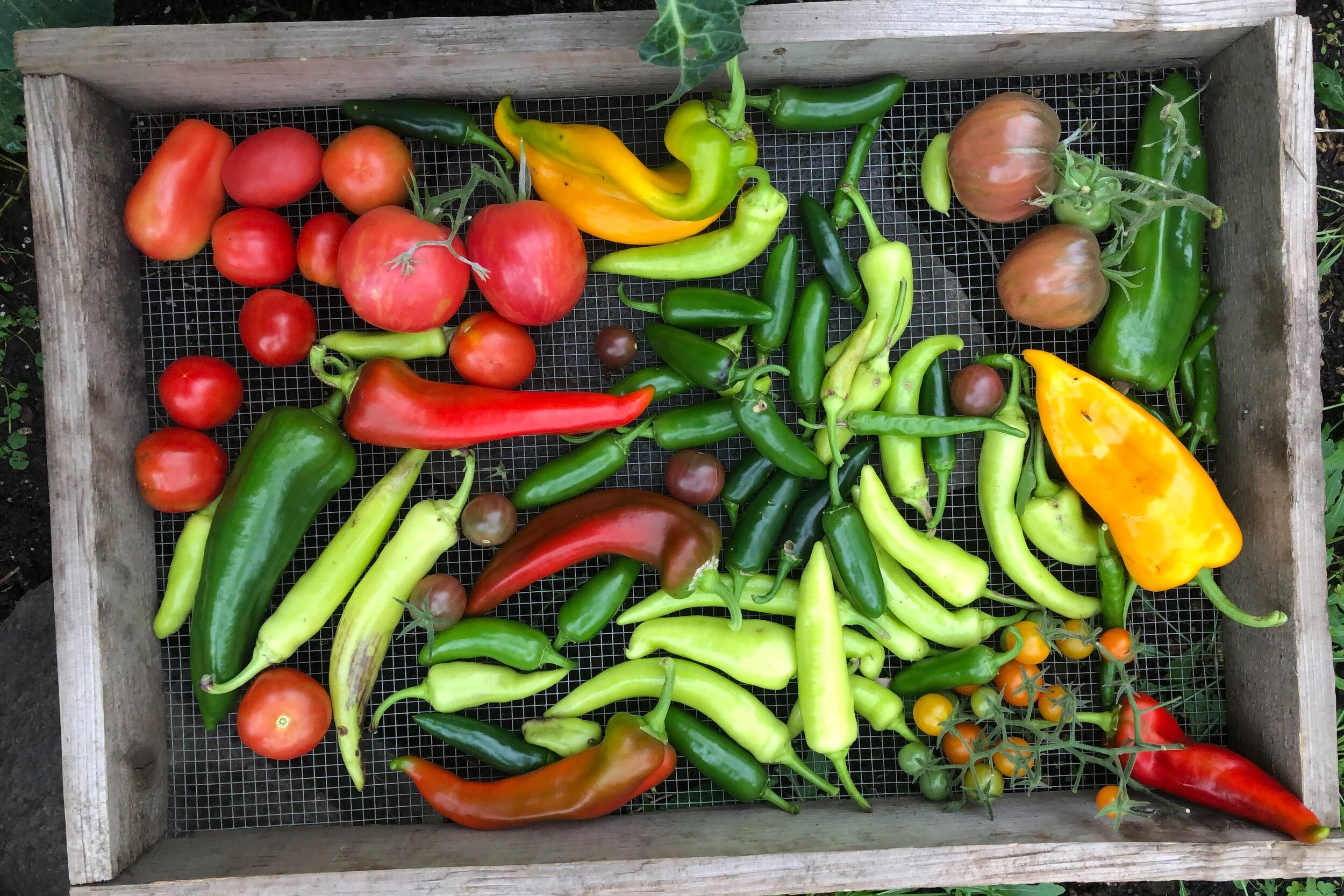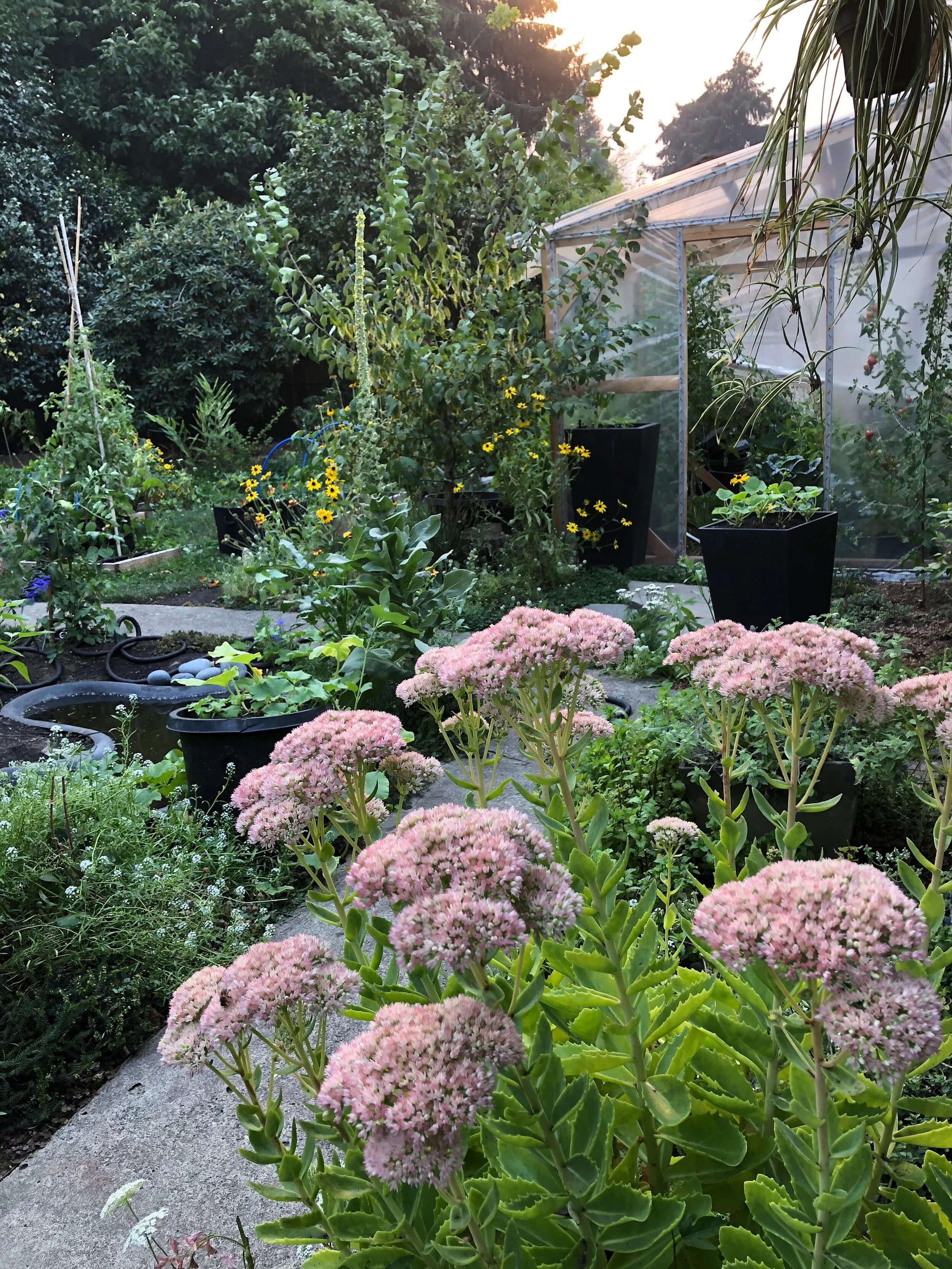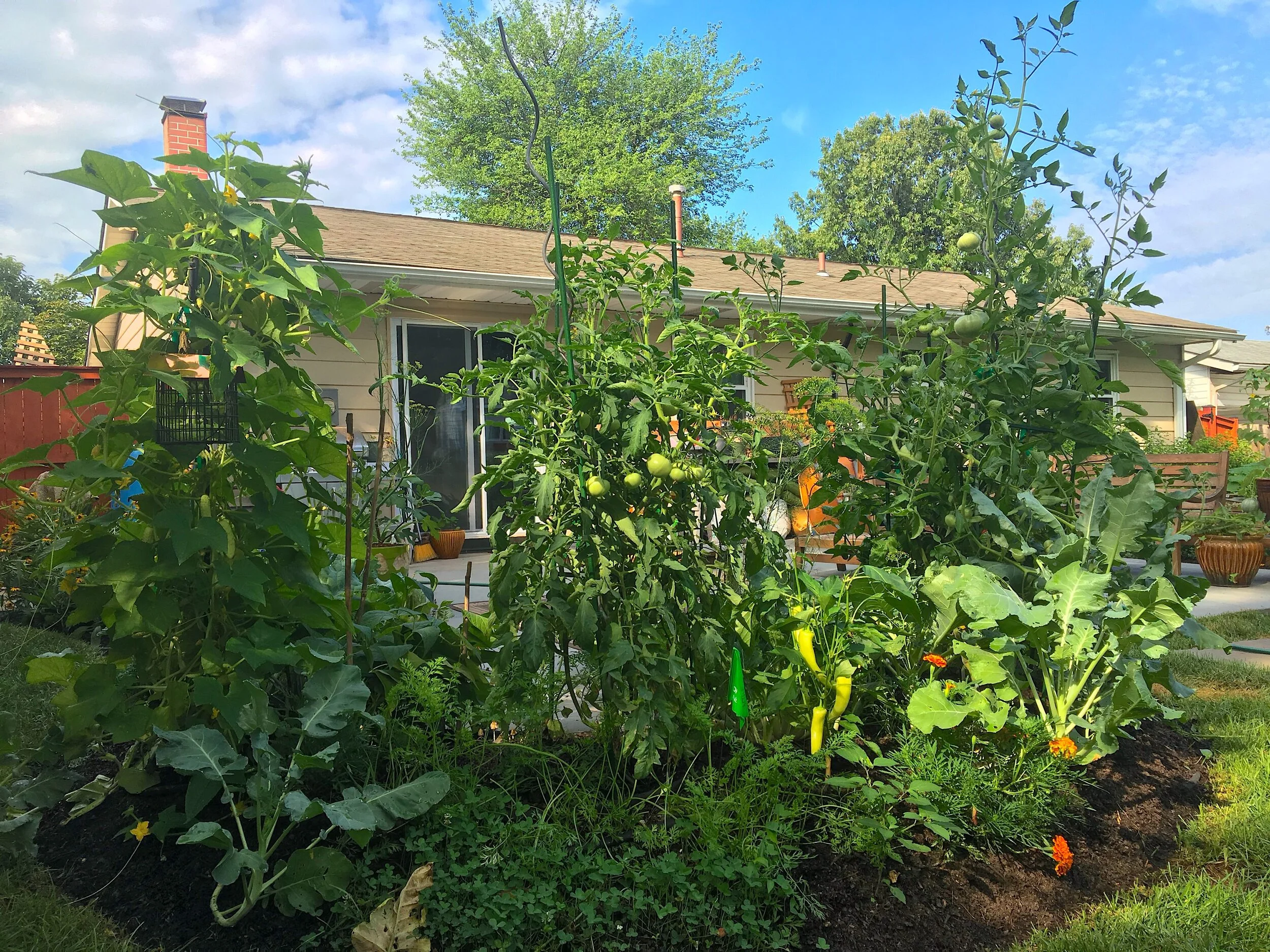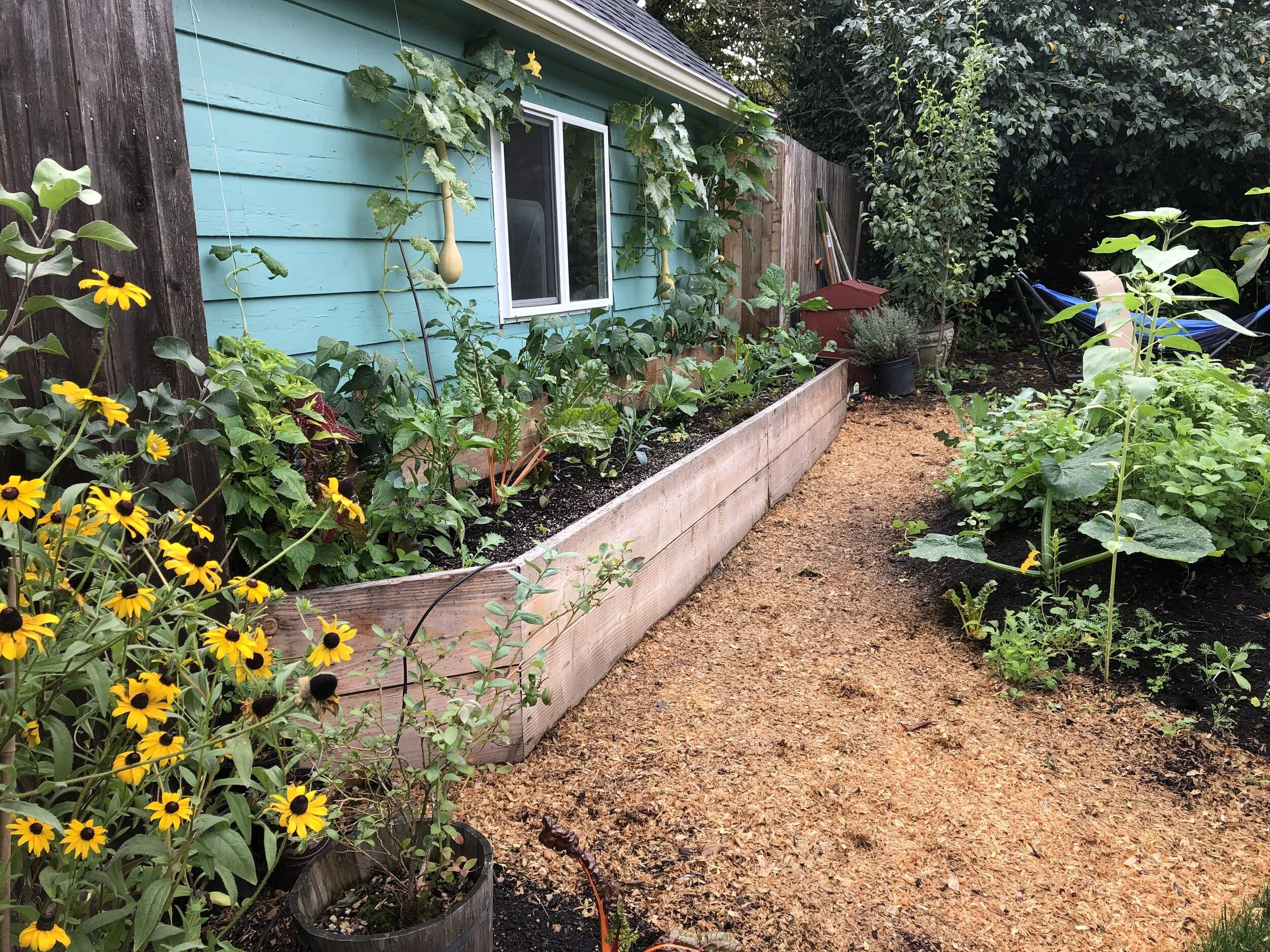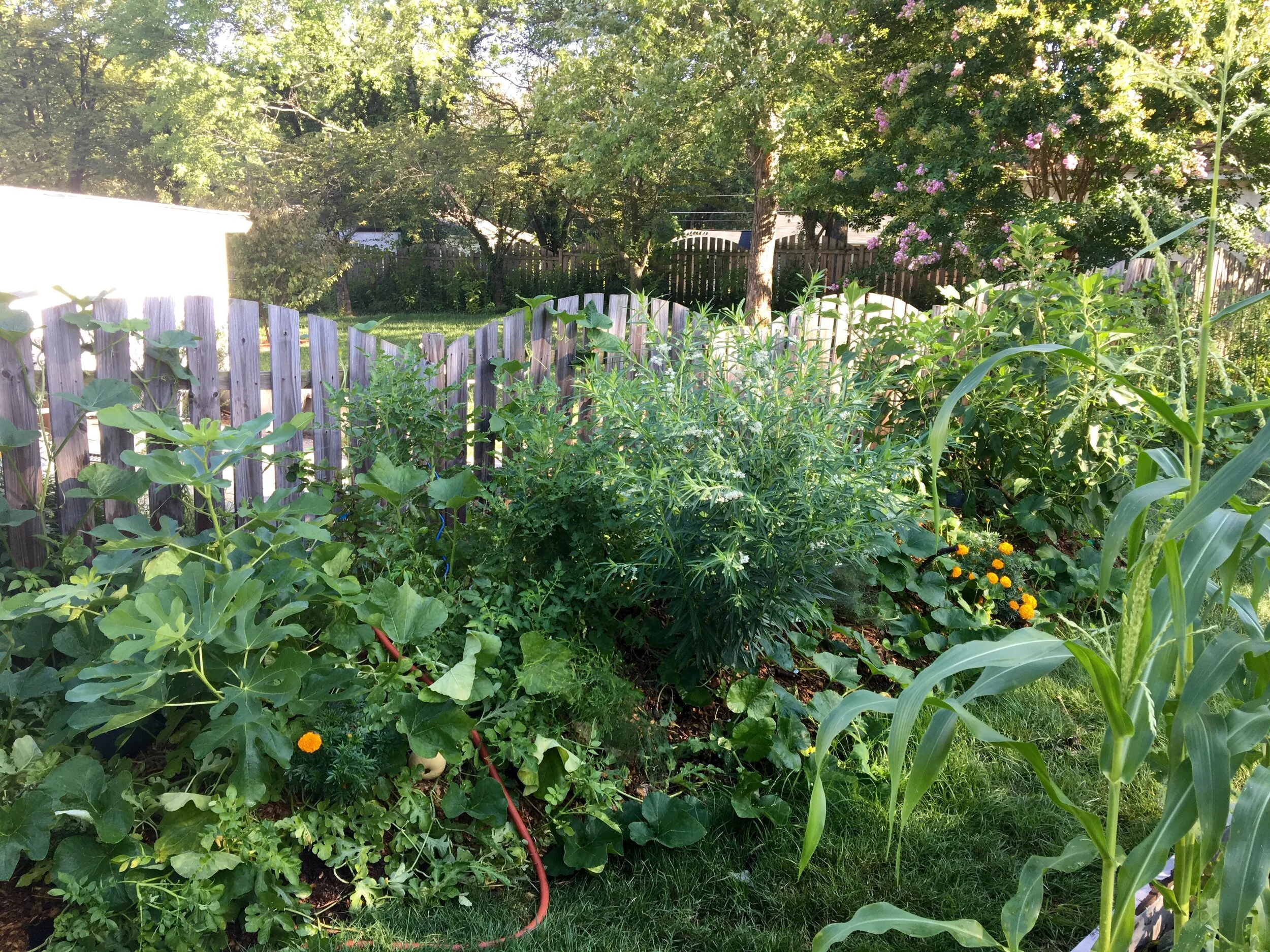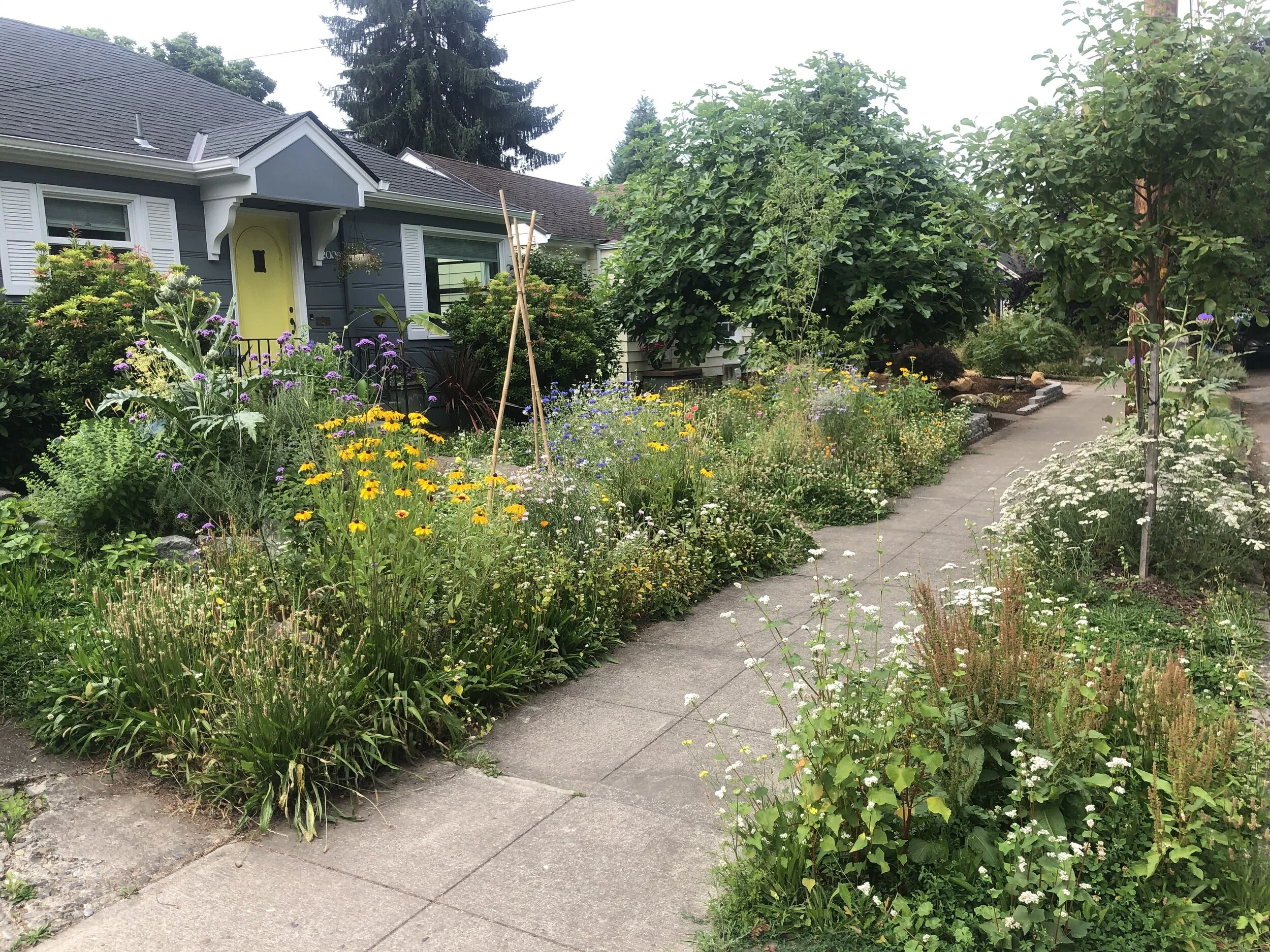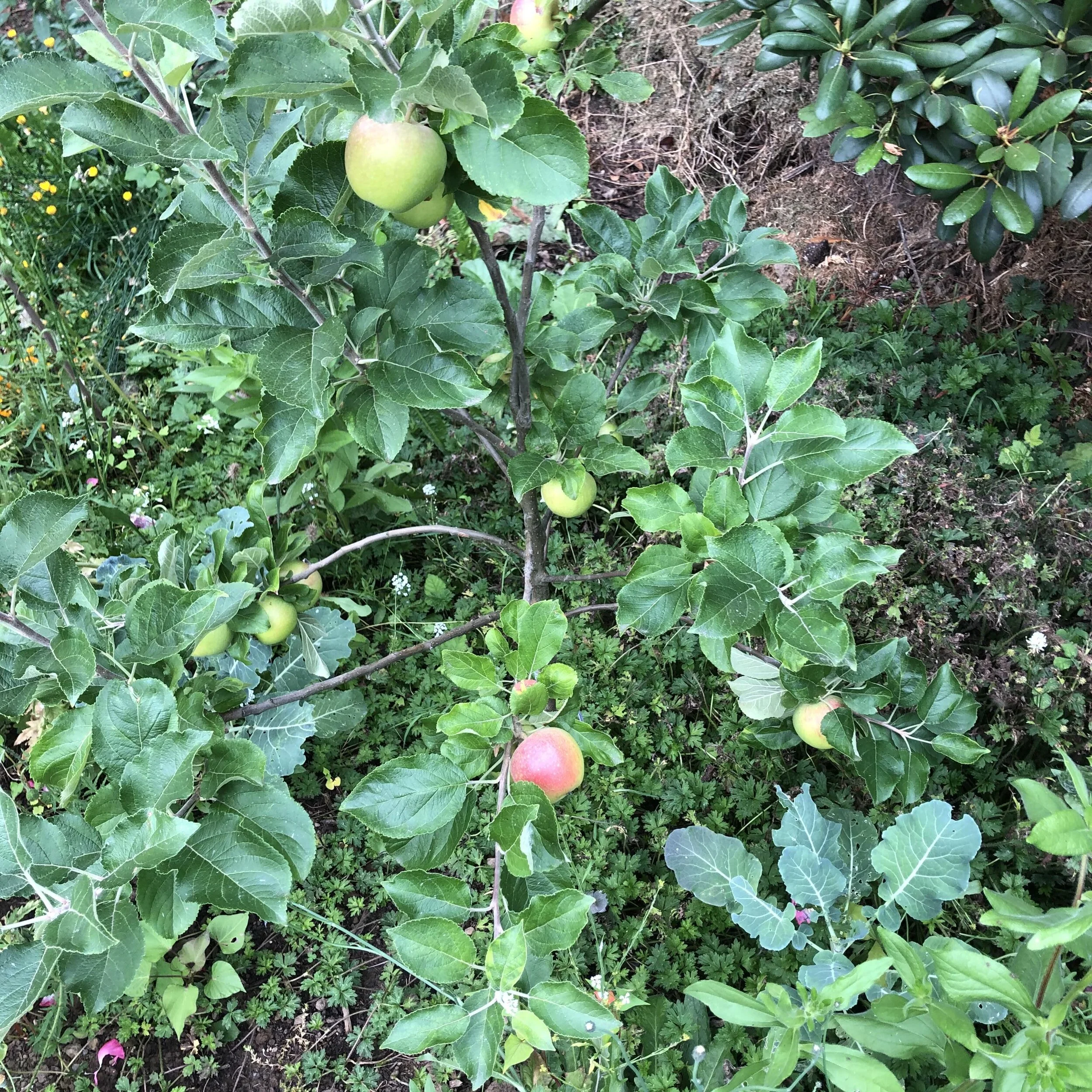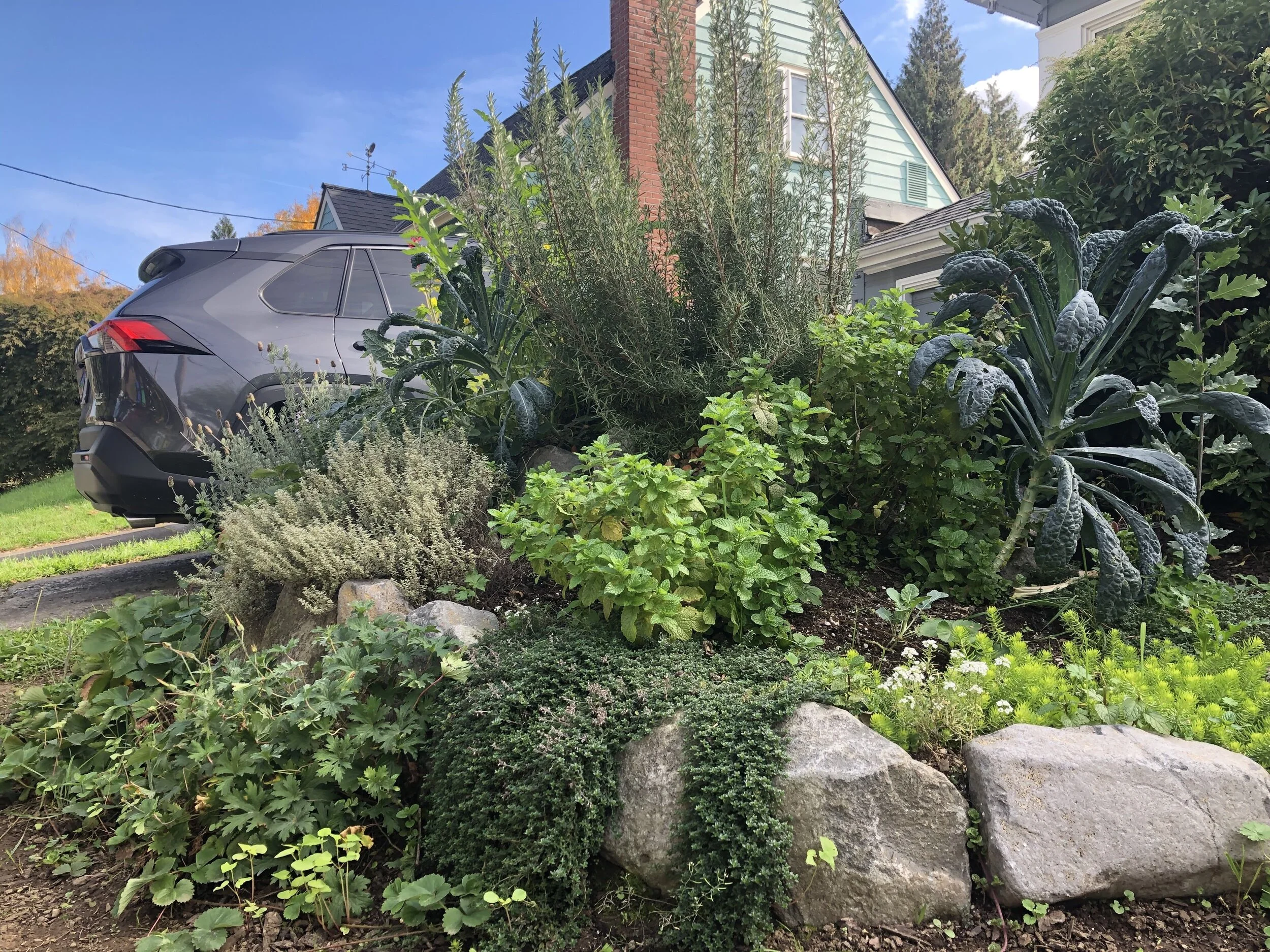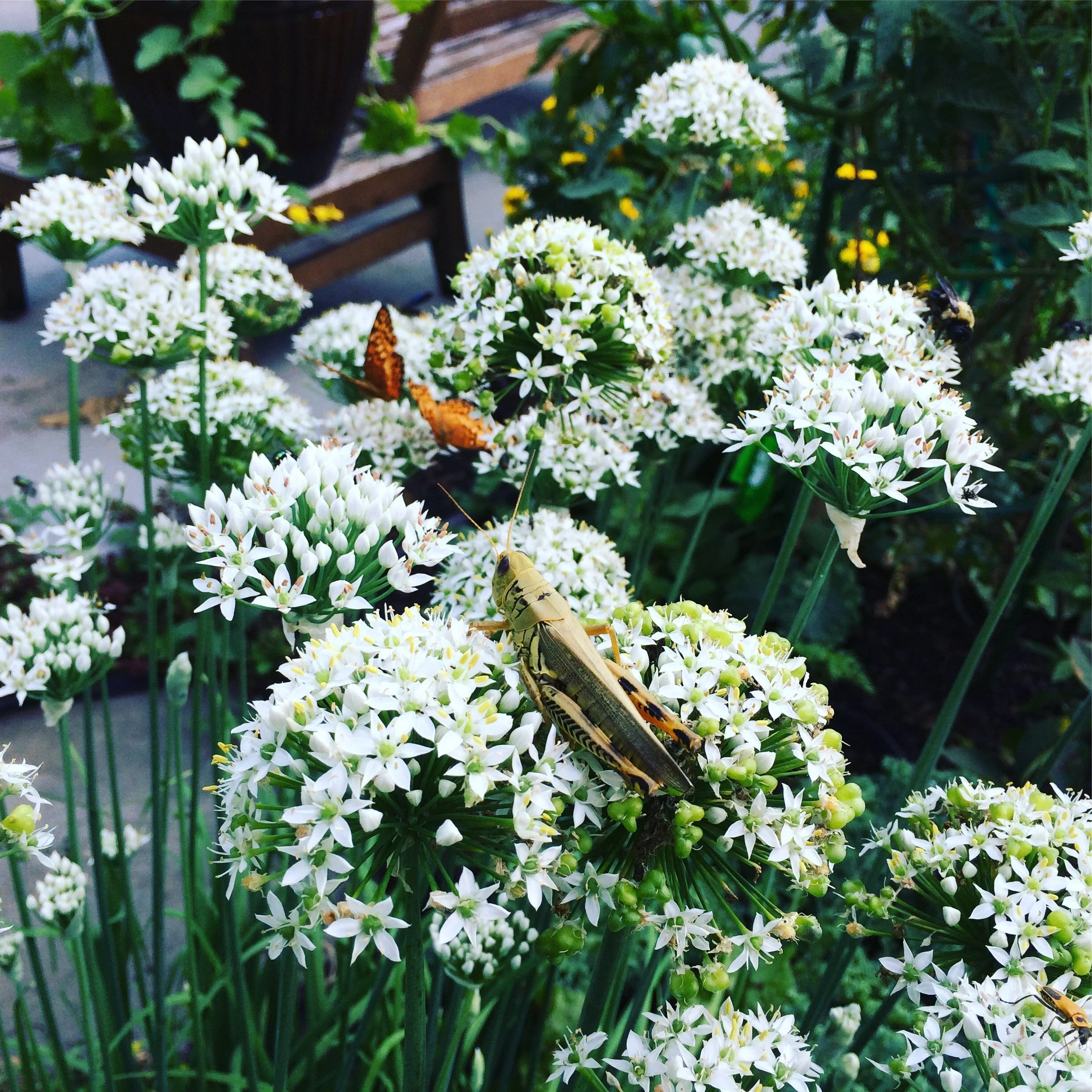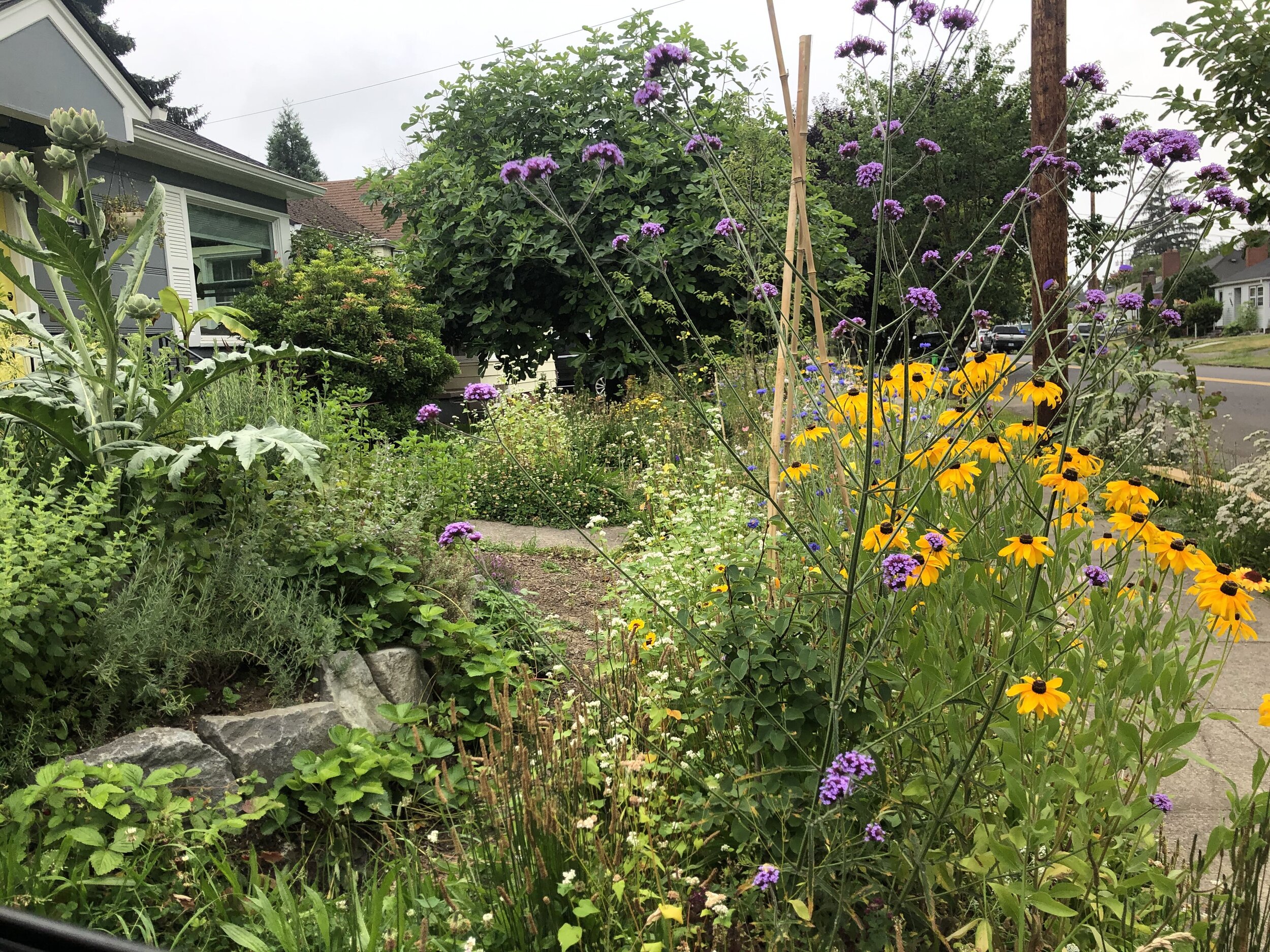
We install both small-scale and broad-acre, food-focused, regenerative landscapes & edible gardens.
— Our team is committed to a greener future —
Join the movement to build RESILIENCE on the land for ALL living communities.
Edible. Ecological. Environmental-friendly.
We guide you to a more productive, water-wise, low maintenance, & regenerative landscape.
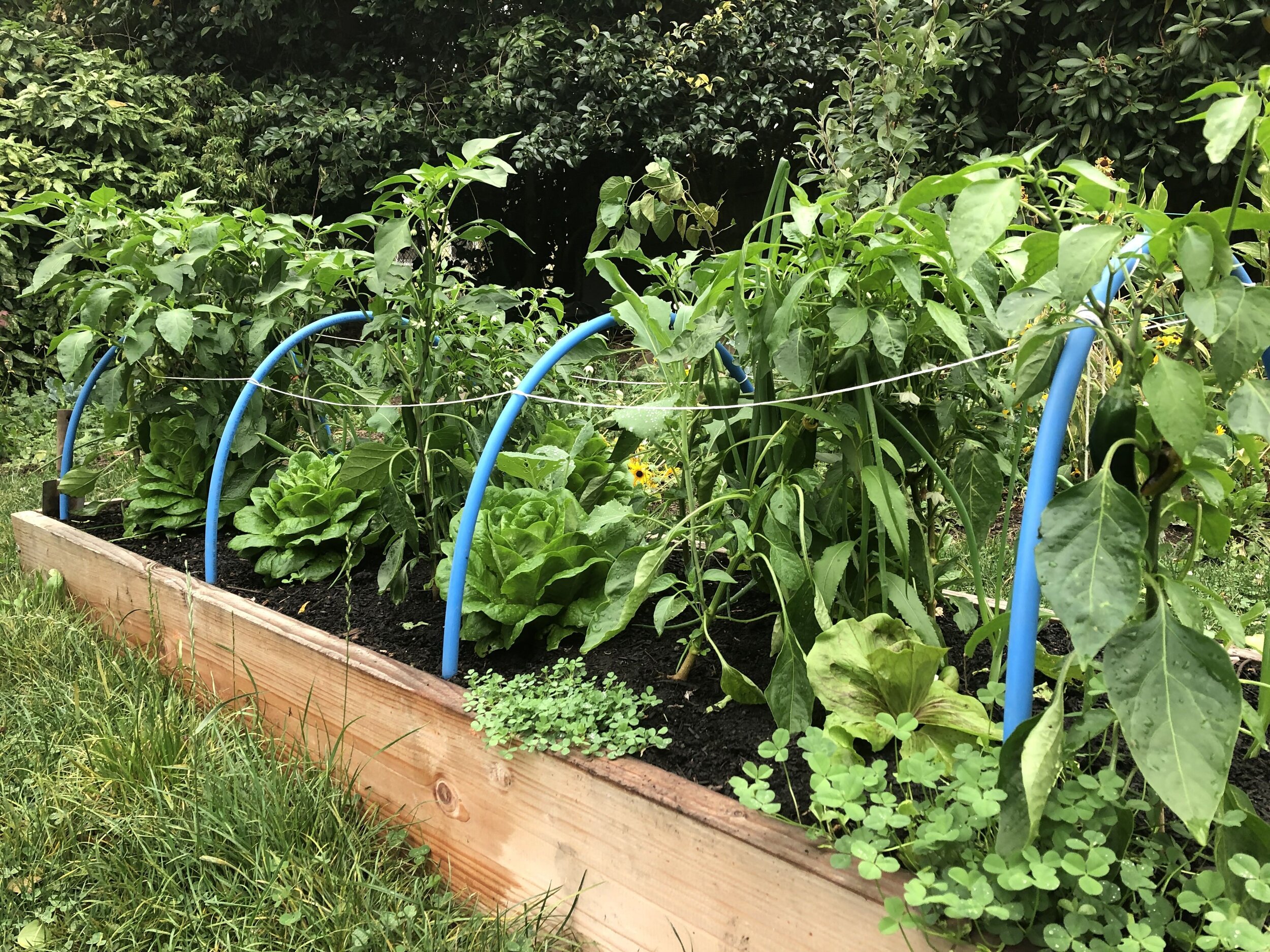
Our mission is to maximize every possible square foot of your landscape with healthy, nutrient-dense FOOD & FORAGE.
Bountiful. Beautiful. Biological.
We want to help create a higher standard of living, by connecting food to plate, directly from your back or front yard.
EXAMPLES OF OUR GARDEN SERVICES:
Raised garden beds &
other built-components
We customize raised garden beds to your space — maximized for efficiency and increased production. Raised beds also come prepared with biologically-activated loamy soil, with mychorizzal, and custom irrigation for optimal garden success. Other built-components to your garden may include trellising, paneling, arbors and lattices to utilize vertical space in your garden.
Homescale Permaculture & Self-sufficiency
Through the lens of Permaculture and whole-systems design — we develop sustainable & regenerative solutions on your land. How can we build healthier alternatives on your property that benefit all living communities?
Edible Landscaping
Ecological Restoration
Rain Water Harvesting
Composting Systems
Grey Water Design
Organic Food Production
Food Forests & Home-scale Orchards
Rain Gardens & Bio-swales
Greenhouses & Season Extension
Our commitment
to beyond-organic growing is one that requires no certification. The biological diversity above and beneath the soils’ surface certifies our body of work. We call these ecologically diverse, and abundantly edible landscapes, Eco-Scapes, which may include:
Water features & ponds: to attract birds, bees, and amphibians.
Espalier fruit tree (guilds): to maximize fruit per square foot & bio-diversity beneath.
Raised Garden beds: to optimize food production and quality and soil health.
Ponds & reservoirs: to catch & store & re-cycle rain water on site.
Chop-n- drop mulch systems: to reduce external costs , energy inputs, and evapo-transpiration.
Cover-cropping & green manures: to regenerate soil fertility & reduce external inputs.
Contact us now to learn more!
Common features in an Eco-scape :
Edible Landscaping
The best quality and most nutrient-dense fruits & vegetables are grown in your own front or backyard. Our edible landscapes include both annual and perennial fruit systems, designed to extend the freshness, and preserve nutritional quality of your food, sourced directly outside your home.
Keyhole Gardens & Sheet Mulching
Organic gardeners use sheet mulching to put more organic matter into the garden, providing more nutrients for your plants. Key-hole gardens are used to enhance the experience of the gardener as well as the output of production.
Fruit Tree Guilds & Companion Planting
Every fruit tree guild typically comes with dynamic- accumulators, nitrogen-fixing plants, and a variety of insectaries or other edible companions. These companion plantings attract pollinators, accumulate bio-mass and nutrients deep in the soils to later be utilized on-site.
Perennial Food Forests
This Forest garden hosts a variety of plant guilds including shade-tolerant insectaries, bio-accumulators & edible fruits like blueberries, raspberries, elders, currents, persimmons, pawpaw, & more. Every plant hosts its own unique function(s) to an ecological food forest.
Bio-intensive & Vertical Gardening
A stacked garden bed like this increases production per square foot & so does utilizing vertical spaces for vining crops like peas, squash, & pole beans for example. Growing vegetables tightly together reduces watering needs and sun-scold during hot summer days.
Hugel-kulture
This mounded, self-fertile food-hedge is not only a great privacy screen, it was abundant with fruits like watermelon, pumpkins, ,figs, pomegranates, sun-chokes, berries, peppers, tomatoes, beans, corn & edible flowers, with no supplemental irrigation.
Herb spirals
Herb spirals can come in a variety of different styles and sizes, but they especially serve great function in small spaces. By using stones to capture radiant heat, and a vertical ‘spiraling’ design, different micro-climates are created in half the space normally needed; kitchen herbs often thrive in this type of environment.
Integrated pest management
Perennial herbs like chives, thyme, oregano (to name a few) attract beneficial insects like parasitic wasps that prey on harmful pests like crickets and caterpillars that munch on your crops at home. Balance in an ECO-system occurs with bio-diversity in living organisms.
